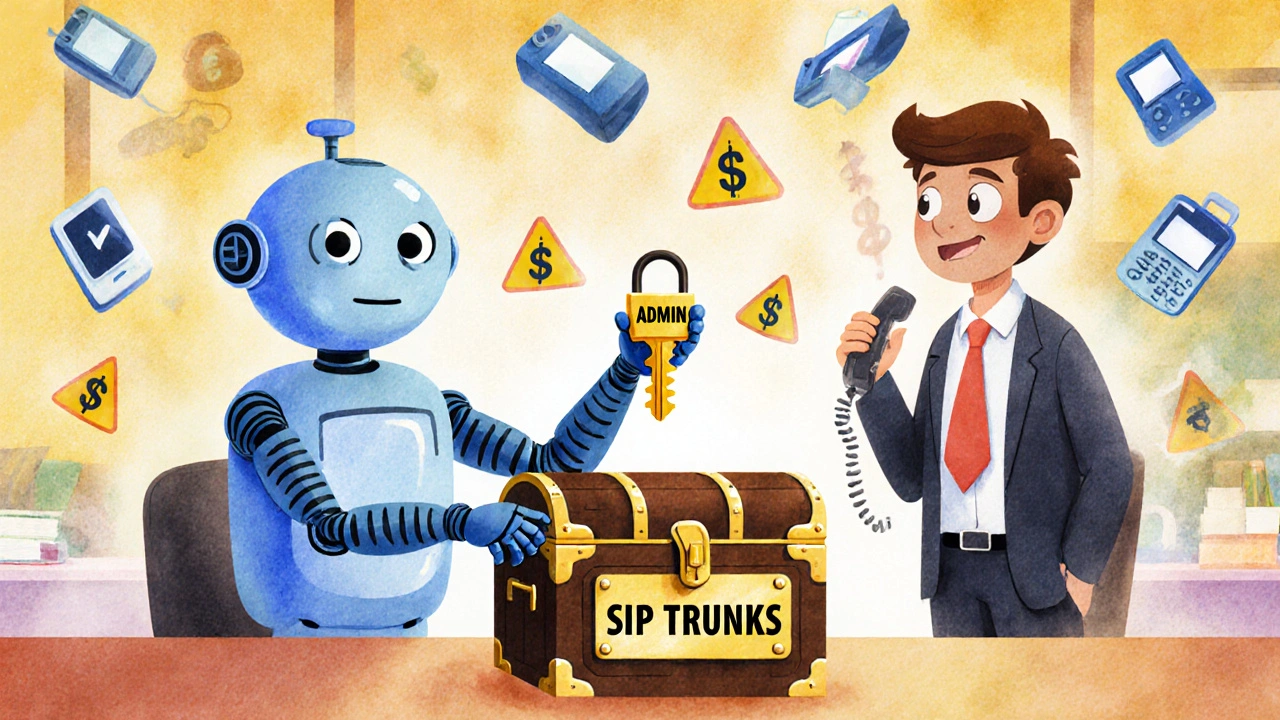Least Privilege VoIP: Secure Your Calls with Minimal Access
When you apply least privilege VoIP, a security model that gives users and devices only the minimum access needed to perform their tasks. It’s not about locking everything down—it’s about letting the right people do the right thing, and nothing more. This isn’t theory. It’s what stops hackers from turning your VoIP system into a free calling service for international scams. Every time someone gets more access than they need—like a receptionist who can make overseas calls or a contractor who can change SIP settings—you’re inviting trouble.
SIP authentication, the process that verifies who’s allowed to make or receive calls on your VoIP network is the first gate. If your phones use weak passwords or outdated MD5 digest, you’re already compromised. Least privilege means each device only registers with the server it needs, and each user account has permissions tied to their role. A sales rep doesn’t need access to call recording settings. An IT admin doesn’t need to approve international call blocks. That’s how you shrink your attack surface.
And it’s not just about users. access control, the system that decides who can change settings, view logs, or route calls needs to be strict too. Many businesses leave admin panels open to the internet or use default credentials on their SBCs. That’s like leaving your front door open with the keys in the lock. Least privilege means firewalls block external SIP traffic unless it’s absolutely required, and even then, only from trusted IPs. It means disabling unused ports, turning off unnecessary features like anonymous calling, and regularly auditing who has what access.
You’ll find this approach in the posts below—how companies use least privilege VoIP to stop toll fraud before it starts, how SIP registration fails when permissions are too loose, and why Fail2ban and rate limiting only work when you’ve already locked down who can even try to guess passwords. These aren’t advanced network tricks. They’re basic hygiene. The difference between a business that loses $20,000 to a VoIP hack and one that never even notices an attempt? It’s not fancy firewalls. It’s knowing exactly who needs what, and taking away everything else.
Below, you’ll see real examples of how small teams, schools, and remote offices apply these rules without hiring a security team. No jargon. No overcomplicated setups. Just clear, step-by-step ways to make your VoIP system harder to break into—without making it harder to use.
